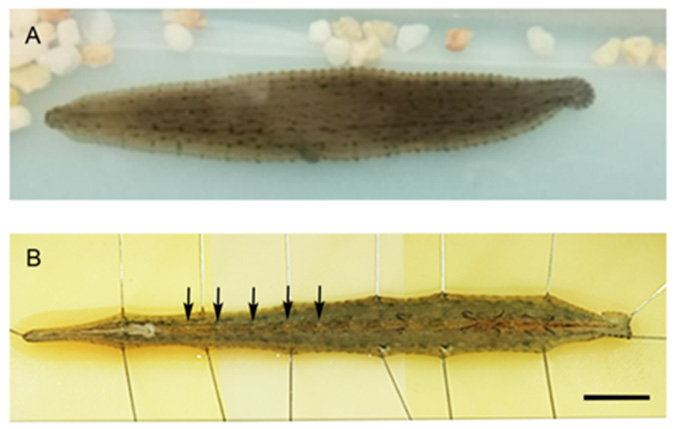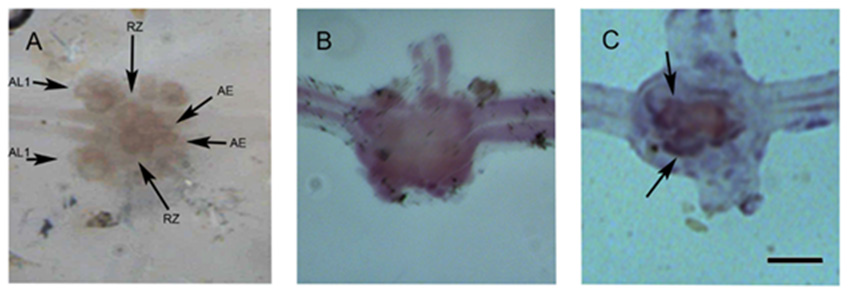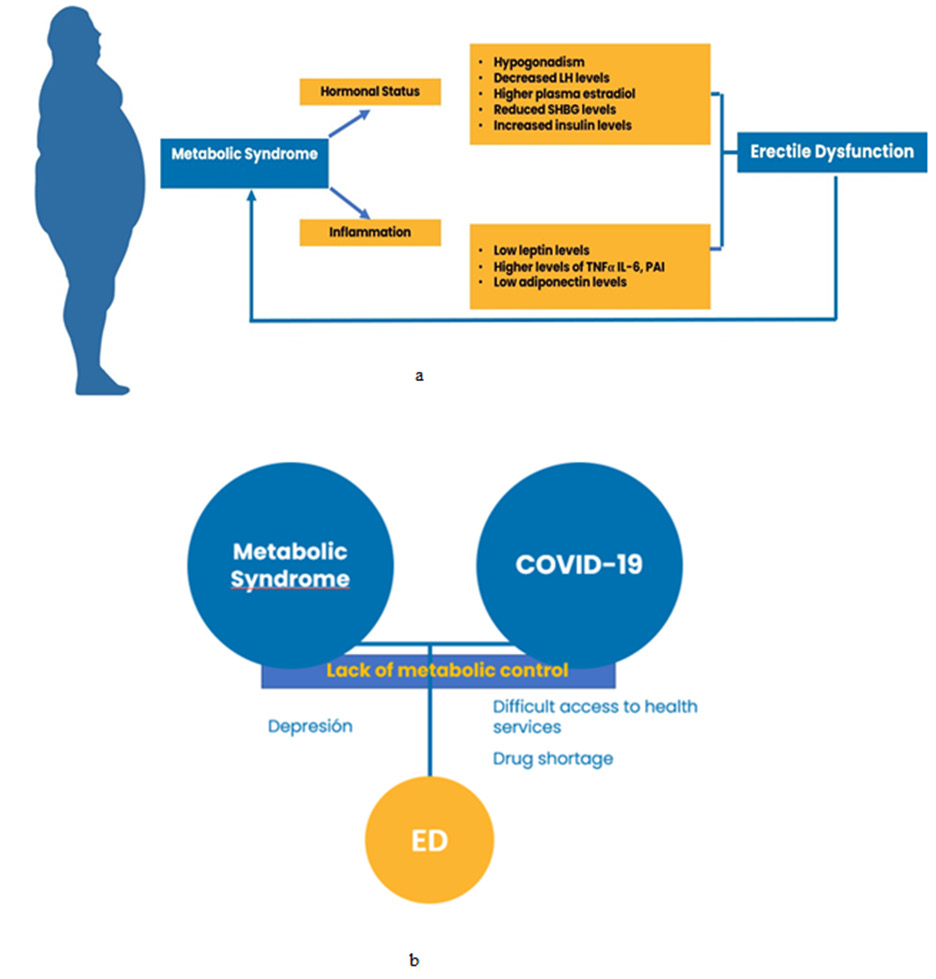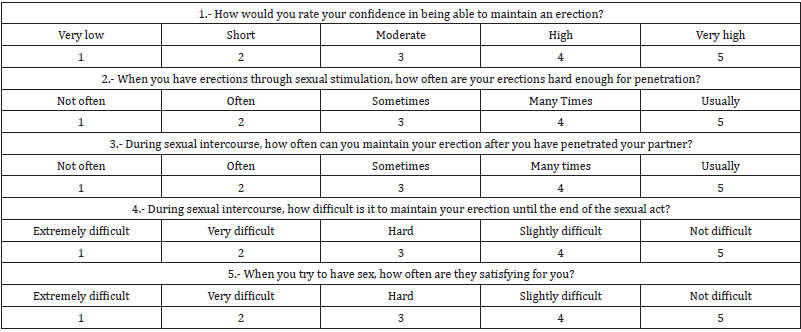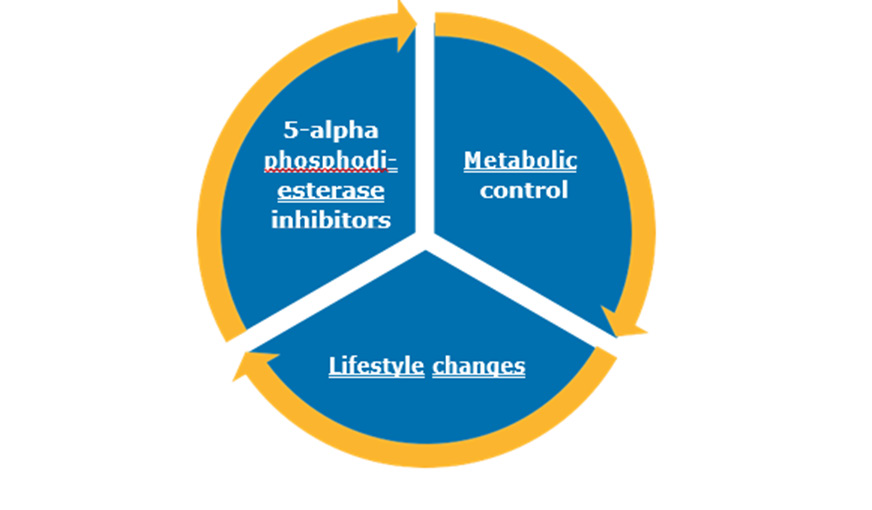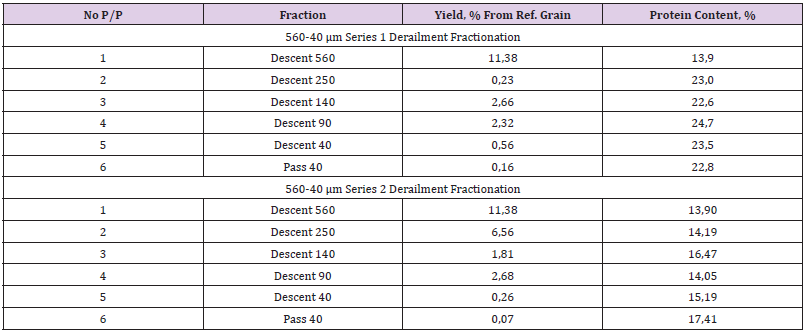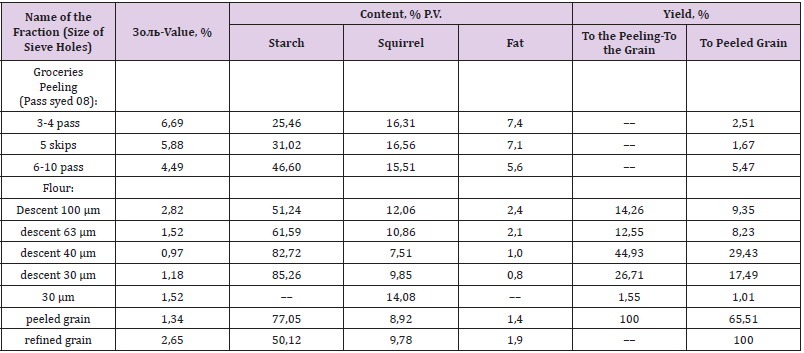Appraisal of Target Determination for Radiotherapeutic Management of Hepatic Tumors
Introduction
Although not included within the group of most common cancers, hepatic tumors comprise a leading cause of cancerrelated mortality around the globe [1-4]. Unfortunately, majority of affected patients present with advanced disease at diagnosis with high tumor burden and impaired hepatobiliary function which typically limits utilization of curative-intent management by surgery, Orthotopic Liver Transplantation (OLT) or Radiofrequency Ablation (RFA). Prognosis is typically poor particularly in the setting of unresectable tumors and extensive venous involvement. Within this context, patients with unresectable hepatic tumors may receive systemic therapies, arterially directed therapies, and Radiation Therapy (RT) [1-4]. Use of RT has been historically limited to palliative management [5]. Nevertheless, revolutionary advances in the field of radiation oncology and related disciplines have paved the way for contemporary radiotherapeutic approaches aiming at cure as well as symptomatic palliation [1-4]. Introduction of stereotactic irradiation has improved radiotherapeutic outcomes with improved accuary and precision under stereotactic immobilization and image guidance. Delivery of higher doses of radiation with stereotactic RT strategies have been possible with improved normal tissue sparing by steep dose gradients around the target volume. However, stereotactic irradiation is typically focused on relatively smaller and well-defined targets. Using ablative doses of radiation to treat relatively smaller targets has underscored the importance of accurate treatment volume definitions for optimal radiotherapeutic management. Herein, we assess incorporation of multimodality imaging for precise target definition of hepatic tumors.
Materials and Methods
In this study, we aimed to investigate whether multimodality imaging-based RT target volume definition improves interobserver and intraobserver variations to achieve optimal target definition for precise radiotherapeutic management of hepatic tumors. Within this context, RT target volume determination by incorporation of Magnetic Resonance Imaging (MRI) or by Computed Tomography (CT)-simulation images only has been comparatively evaluated. Ground truth target volume has been used for actual treatment and for comparative analysis and has been collaboratively determined by a group of experts after following meticulous evaluation, colleague peer review, and consensus. All patients were referred for radiotherapeutic management after detailed evaluation by a multidisciplinary team of experts to elucidate the indication with consideration of alternative therapeutic approaches, patient, tumor, and treatment characteristics. In the context of irradiation, lesion size, localization and association with surrounding critical structures, symptomatology, and contemplated results of radiotherapeutic management have been thoroughly assessed at the outset.
After collaborative decision making for irradiation, all patients underwent RT simulation at the CT-simulator (GE Lightspeed RT, GE Healthcare, Chalfont St. Giles, UK) for acquisition of treatment planning images. Planning images were acquired and sent to the delineation workstation (SimMD, GE, UK) via the network for contouring of treatment volumes and normal tissues. Either CTsimulation images only or registered CT and MR images have been used for target definition. Target definition by CT only and with incorporation of CT-MR registration was comparatively evaluated. Treatment dose calculation was performed individually for each patient in the Treatment Planning System (TPS) unit with consideration of electron density, CT number and HU values in CT images by also considering tissue heterogeneity. Synergy (Elekta, UK) linear accelerator (LINAC) has been utilized for precise RT with routine incorporation of IGRT techniques such as electronic digital portal imaging and kilovoltage cone beam CT for treatment verification.
Results
Reports of American Association of Physicists in Medicine (AAPM) and International Commission on Radiation Units and Measurements were considered in RT planning by expert radiation physicists by taking into account relevant normal tissue dose constraints. Calculation of treatment dose was performed with consideration of electron density, CT number and HU values in CT images by taking into account tissue heterogeneity. Optimal target coverage was prioritized in treatment planning while normal tissue protection was considered within the preset dose volume constraints. Definition of ground truth target volume was accomplished by a group of experts after thorough collaborative assessment, colleague peer review, and consensus to be used for actual treatment and comparative analysis. Synergy (Elekta, UK) LINAC was used for irradiation with routine utilization of IGRT techniques including kilovoltage cone beam CT and electronic digital portal imaging. Target definition by CT-only imaging and by CT-MR registration-based imaging was evaluated with comparative analysis. This study revealed that ground truth target volume was identical with target determination by CT-MR registration-based imaging for radiotherapeutic management of hepatic tumors.
Discussion
Worldwide, a significant proportion of cancer related mortality is caused by hepatic tumors [1-4]. Unfortunately, majority of affected patients succumb to their disease due to advanced disease at presentation and unresectability with reduced hepatobiliary function. Curative-intent management by surgical resection, Orthotopic Liver Transplantation (OLT) or Radiofrequency Ablation (RFA) may be limited by high tumor burden and extensive venous involvement at the outset. Within this context, prognosis is typically poor for patients with hepatic tumors. Radiotherapeutic management with external beam RT and stereotactic irradiation has been used for treatment. While utility of RT was historically limited for palliation, contemporary radiotherapeutic strategies have been developed to combat with hepatic tumors to achieve rigorous management aiming at cure in selected patients. Oligometastatic disease has been recently more aggressively managed by ablative therapies to achieve optimal treatment outcomes. Stereotactic irradiation in the form of Stereotactic Radiosurgery (SRS) and Stereotactic Ablative Body Radiotherapy (SABR) has been introduced as a viable radiotherapeutic modality providing high ablative doses to hepatic tumors with optimal normal tissue sparing through steep dose gradients around the target volume. Robust stereotactic immobilization and image guidance are prerequsites of ablative stereotactic RT approaches.
In addition, optimal target definition is an indispensable component of successful stereotactic irradiation strategies. Treatment simulation for RT is typically performed by CT simulation in overwhelming majority of cancer centers as part of current radiation oncology practice. However, optimal visualization of hepatic tumors may be accomplished by multiphase imaging studies to differantiate sources of blood supply and kinetics of contrast enhancement [6]. In the era of multimodality imaging for hepatic tumors, Magnetic Resonance Imaging (MRI) may provide additional information for optimal target definition. The superiority of MRI in offering improved soft tissue contrast resolution may have important clinical implications for radiotherapeutic management of hepatic tumors. Image resolution and contrast of CT and MRI may be different throughout the human body. While bone-air density differences may be more successfully differentiated in CT, soft tissue differences may be more successfully distinguished in MRI [7-9]. In the millenium era, there is a trend towards incorporation of multimodality imaging to improve outcomes of radiotherapeutic management for hepatic tumors as well as several other cancers throughout the human body [10-44]. At this standpoint, our study may have implications and add to the accumulating data about incorporation of multimodality imaging-based target definition for radiotherapeutic management for hepatic tumors.
There have been many critical advances in the discipline of radiation oncology with introduction of sophisticated treatment equipment and adaptive RT approaches, Intensity Modulated RT (IMRT), Image Guided RT (IGRT), Adaptive Radiation Therapy (ART), Breathing Adapted Radiation Therapy (BART), molecular imaging methods, automatic segmentation techniques, and stereotactic RT [45-82]. Management of cancer with contemporary radiotherapeutic strategies is an evolving field of active investigation and there is still room for further improvements. We conclude that visualization of data from multiple imaging modalities and incorporation of contemporary image registration and fusion techniques may dramatically improve target definition for more precise radiotherapeutic management of hepatic tumors. Admittedly, further studies are needed to shed light on this critical issue.
For more Articles on: https://biomedres01.blogspot.com/
